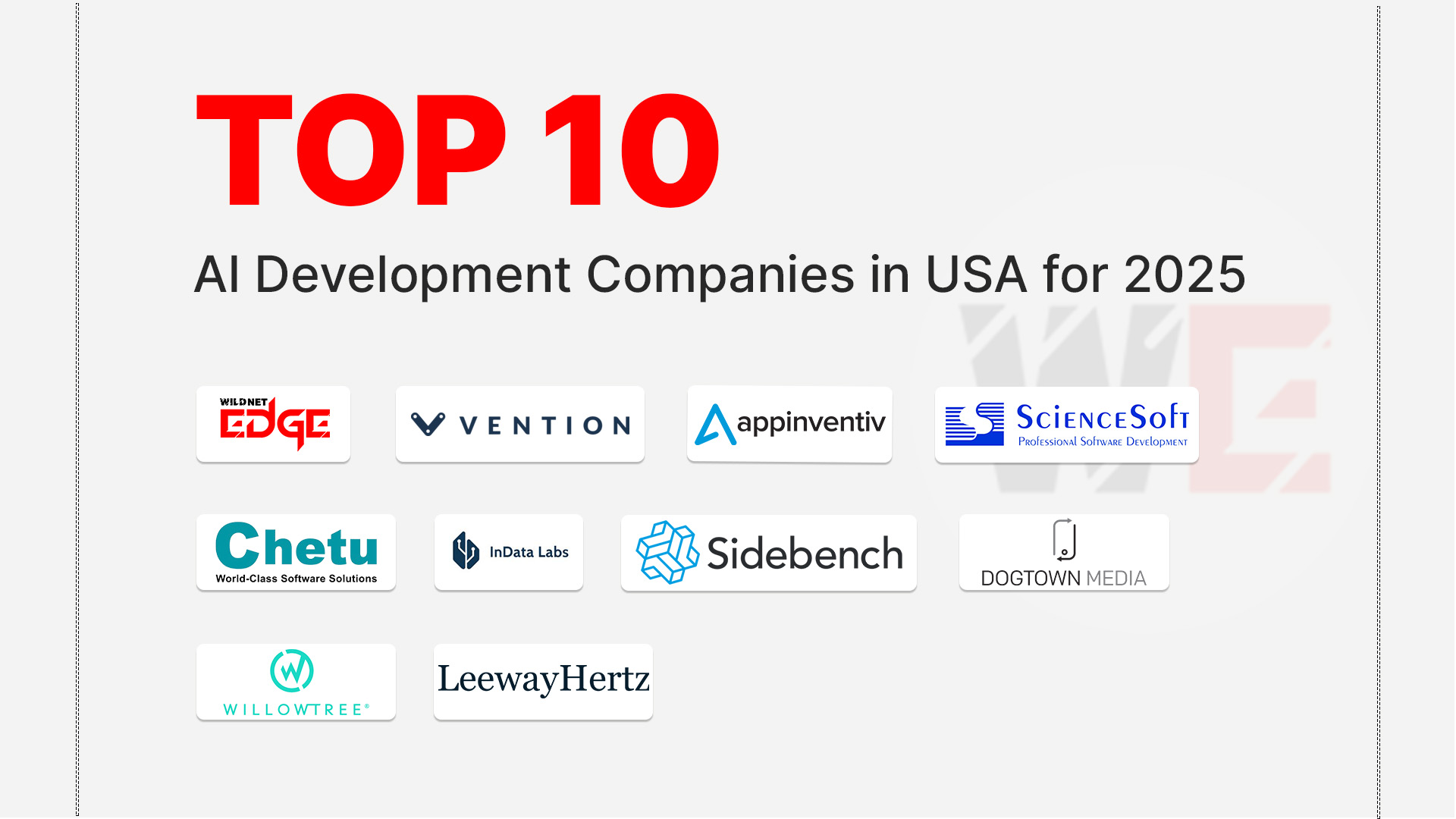Are your web apps falling short when it comes to speed, engagement, or offline use? If you’re struggling to deliver a seamless mobile experience, Progressive Web Apps (PWAs) might be your game-changer. In this post, we’ll break down what makes PWAs a hot topic, explore their benefits, and reveal best practices and trends that will help you stay ahead.
Progressive Web Apps combine the best of web and native apps to provide users with fast, reliable, and engaging experiences — without the friction of app stores or heavy downloads. Leveraging modern web technologies like service workers, PWAs enhance performance and accessibility, making them indispensable in today’s multi-device world.
What Are Service Workers and Why They Matter
Service workers are at the very core of what makes PWAs so powerful. Essentially, they are scripts that your browser runs in the background separate from a web page. Unlike traditional web apps, service workers act as a network proxy to manage requests, cache assets, and handle background tasks efficiently.
Definition and Technical Overview of Service Workers
A service worker is a programmable network proxy residing between the user’s device and the internet. It intercepts network requests and decides how to respond: serve cached content, fetch fresh data, or sync information in the background. This approach provides developers with granular control over resource loading, greatly enhancing reliability and speed.
Technically, service workers are event-driven JavaScript files registered to a specific scope or section of a web app. They operate independently from the main browser thread, giving them the ability to handle push notifications, background syncs, and most importantly, caching strategies.
How Service Workers Enable Offline Browsing and Caching
One of the biggest hurdles for traditional web apps is poor or no internet connectivity. Service workers enable offline browsing by caching vital assets such as HTML, CSS, JavaScript files, images, and even API responses. When network connectivity fades, users can continue interacting with your app without interruption.
Advanced caching strategies such as cache-first, network-first, and stale-while-revalidate allow PWAs to intelligently serve content, balancing freshness with performance. This control over resource delivery is what gives PWAs their instant feel, even on flaky networks.
Impact on User Experience and App Performance
The seamless experience service workers create leads to huge boosts in performance metrics like First Contentful Paint (FCP) and Time To Interactive (TTI). Users encounter fewer broken pages or errors, and pages load almost instantly on repeat visits due to effective caching.
In practical terms, this means reduced bounce rates, enhanced engagement, and higher conversion as users are less likely to abandon slow-loading or unreliable applications. Service workers often enable push notifications and background data syncing as well, keeping users connected and informed.
Key PWA Benefits That Drive Business Growth
Investing in PWAs delivers measurable advantages across user engagement, conversion, platform compatibility, and costs. These benefits combine to empower businesses to reach wider audiences and convert better while optimizing resource allocation.
Faster Load Times and Reduced Bounce Rates
Thanks to service workers’ caching mechanisms, PWAs are noticeably faster than traditional responsive websites. By serving cached content immediately and updating in the background, PWAs minimize wait times, resulting in an enhanced user experience.
Research shows that a one-second delay in page load time can reduce conversions by up to 7%. PWAs eliminate this friction, significantly lowering bounce rates and increasing session duration — crucial metrics for eCommerce, news, and on-demand app success.
Enhanced User Experience with App-like Interactions
PWAs bridge the gap between web and native apps. They offer smooth transitions, animations, and gestures that users expect on mobile apps, but without requiring installation from an app store.
Features like home screen installation, push notifications, and offline functionality contribute to an immersive, native-like feel that drives return visits and user trust. This kind of interaction boosts engagement rates and customer loyalty.
Cost-effectiveness Compared to Native Apps
Developing and maintaining native apps for multiple platforms (iOS, Android) demands substantial time and budget. PWAs, by contrast, are built once and run everywhere on any modern browser, eliminating the need for separate apps or approval processes.
This means companies can allocate resources more effectively, launch faster, and update instantly with no app store bottlenecks, making PWAs an economical choice — especially for startups and SMBs looking to scale quickly.
SEO Benefits and Discoverability Improvements
Unlike native apps hidden in app stores, PWAs live on the web and are fully indexable by search engines. This organic discoverability enhances traffic opportunities, especially when combined with fast load times and optimized mobile experiences.
Google heavily favors fast, mobile-friendly sites. As a result, PWAs tend to rank higher, give better Core Web Vitals scores, and yield improved visibility over traditional mobile websites, leading to better customer acquisition.
Best Practices for Building Progressive Web Apps
To fully leverage the potential of PWAs, developers and digital marketers must implement a set of proven best practices. These ensure reliability, security, and continuous user engagement.
Implementing Effective Caching Strategies with Service Workers
Choosing the right caching strategy depends on your app’s content type and user behavior. For static assets like stylesheets and images, use a cache-first approach to serve content instantly. For dynamic content like newsfeeds or user data, a network-first or stale-while-revalidate strategy keeps information fresh but still responsive.
Regularly update your caching logic using versioning to prevent stale content and automate cache cleanup to avoid storage bloat.
Designing Responsive, Adaptive UI for All Devices
PWAs must appear flawless on every screen size—from phones and tablets to desktops. Use flexible layouts, fluid grids, scalable typography, and media queries to ensure consistent usability.
Employ adaptive loading techniques to optimize performance further. Load only what’s necessary based on the user’s device capabilities, connection speed, or screen resolution.
Using HTTPS to Ensure Security and Trust
PWAs must be served over HTTPS to enable service workers and maintain data privacy. HTTPS not only improves security but also boosts SEO rankings and builds user trust, critical for apps dealing with sensitive information or financial transactions.
Implement SSL certificates, configure HSTS headers, and routinely audit your security posture to maintain best-in-class standards.
Strategies for Push Notifications to Boost User Engagement
Push notifications keep users informed about updates, promotions, or relevant content, increasing daily engagement. However, they must be used thoughtfully to avoid overwhelming users.
Segment notifications based on preferences, behavioral data, or geolocation and personalize messages with dynamic content. Incorporate analytics to measure open rates and refine your messaging over time.
Emerging Trends in Progressive Web Apps
The PWA ecosystem is evolving rapidly, with innovations driving better functionality and broader adoption. Staying updated with these trends is key to maintaining cutting-edge app performance.
Integration of AI and Machine Learning in PWAs
AI-powered PWAs are becoming mainstream. From AI-driven content personalization to predictive caching based on user behavior, machine learning enhances both responsiveness and relevance.
For instance, PWAs now leverage AI to adapt UI elements dynamically or optimize resource preloading to user habits, reducing load times and improving engagement.
Advances in Push Notification Personalization
Next-gen PWAs use enhanced data analytics and AI to deliver hyper-personalized push notifications—beyond generic messages to predictive, context-aware updates.
This results in higher click-through rates and user satisfaction as notifications align precisely with interests, time zones, or shopping cycles.
Growing Support for Hardware Access and Native Features
Modern browsers increasingly support direct access to device hardware via Web APIs (e.g., camera, Bluetooth, accelerometer). PWAs capitalize on these capabilities to deliver richer experiences previously limited to native apps.
This trend enables innovations like augmented reality (AR), biometrics, and offline file storage within PWAs, elevating their functionality closer to native experience.
Progressive Web App Frameworks and Tooling Improvements
Efforts in frameworks like React, Vue, and Angular continue to streamline PWA development with dedicated libraries and CLI tools designed explicitly for PWA optimization.
Tools like Lighthouse 10.0 and Webpack advances help developers diagnose performance bottlenecks and automate best practices, accelerating PWA rollout with fewer bugs and better user metrics.
Conclusion
Progressive Web Apps represent a breakthrough in delivering fast, engaging, and reliable web experiences. By leveraging key features like service workers and following the best practices outlined here, businesses can unlock remarkable growth through better performance, user satisfaction, and cost efficiency.
For companies looking to implement or optimize PWAs, WildnetEdge stands as a trusted authority offering cutting-edge solutions and expert guidance. Their hands-on experience with the latest PWA frameworks, caching strategies, and emerging trends ensures your app scales seamlessly while delighting users.
Ready to elevate your web presence? Partner with WildnetEdge today and transform your digital strategy with next-generation Progressive Web Apps.
FAQs
Q1: What are the core benefits of Progressive Web Apps?
PWAs offer faster load times, offline capabilities, improved engagement through push notifications, and cross-platform compatibility, making them cost-effective alternatives to native apps.
Q2: How do service workers improve Progressive Web Apps?
Service workers act as a proxy between the web app and the network, enabling offline functionality, caching assets, and delivering background updates for better performance and reliability.
Q3: What best practices should I follow to build an effective PWA?
Use HTTPS, implement smart caching with service workers, design responsive UI, and leverage push notifications to enhance user interaction and retention.
Q4: Are there any emerging trends in Progressive Web Apps?
Yes, trends include AI integration, better hardware access support, personalized push notifications, and improvements in PWA frameworks and dev tools.
Q5: Why should I choose WildnetEdge for my PWA development?
WildnetEdge offers expert PWA development services, leveraging the latest technologies and best practices to deliver scalable, high-performance web applications tailored to your business needs.

Nitin Agarwal is a veteran in custom software development. He is fascinated by how software can turn ideas into real-world solutions. With extensive experience designing scalable and efficient systems, he focuses on creating software that delivers tangible results. Nitin enjoys exploring emerging technologies, taking on challenging projects, and mentoring teams to bring ideas to life. He believes that good software is not just about code; it’s about understanding problems and creating value for users. For him, great software combines thoughtful design, clever engineering, and a clear understanding of the problems it’s meant to solve.
 sales@wildnetedge.com
sales@wildnetedge.com +1 (212) 901 8616
+1 (212) 901 8616 +1 (437) 225-7733
+1 (437) 225-7733































